1. Gemini Observatory
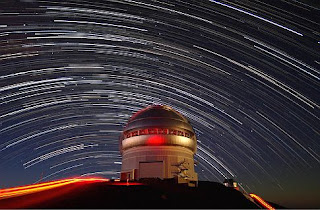
Two eyes are better than one. Twin optical / infrared telescopes, the Gemini Observatory are separate, but together, they can access the entire sky. Gemini South is located approximately 9000 meters in the Chilean Andes, Gemini North (pictured) is at the top of Mauna Kea, home to an international community of telescopes peering into the night sky, with an excellent atmosphere Hawaii.
2. European Southern Observatory
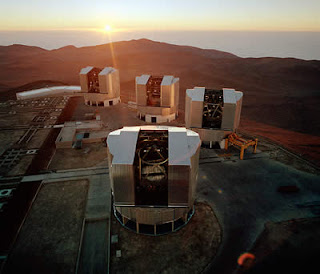
Telescope with a length of 3.5 m, is the world's first telescope has a primary mirror that is controlled by a computer. Even amateurs now have the technology field. Together with ESO telescopes in the Atacama Desert in Chile, also including the Very Large Telescope array (pictured), the main observatory in Europe. ESO is also home to some of Europe Atacama Large millimeter / sub-millimeter Array, known as ALMA, a collaboration between North America with East Asia and Chile. ALMA will be The Biggest Earth Observatory Radio Astronomy Observatory and the most advanced in the world. Which brings us to the next higher Observatory.
3. National Radio Astronomy Observatory (NRAO)

Some sites include Green Bank Telescope Observatory, Very Large Array (pictured), the base set is very large and the future of U.S. ALMA. More recently, scientists have used data Green Bank to find the frequency of molecules in interstellar space.
4. Chandra / Spitzer Space Telescopes
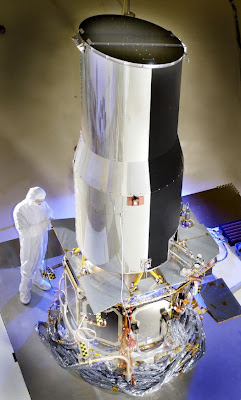
One of the famous NASA observatory (other than the Hubble Space Telescope) have provided a glimpse of the universe that can not be seen. Elliptical orbit of the Chandra X-Ray Observatory, which took him away from the Earth, providing a better view of the high-energy regions of space, such as a supernova. Picture of Chandra has helped scientists better understand and pulsar nebulae.
5. CoRoT / Kepler Space Telescopes
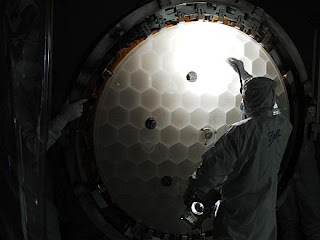
NASA's Kepler telescope launched last month, and clean her this week, so it can begin making observations. One in France and one in America.
6. W. M. Keck Observatory
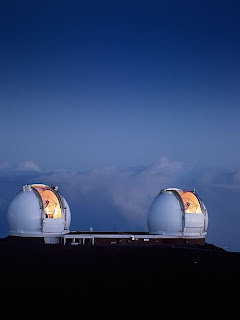
Keck's twin 10-meter, 8-story, 300-ton TELESCOPES. Each primary mirror composed of 36 hexagonal segments that work together as a single piece of glass - a revolutionary technique that enables the achievement of a large mirror. They have helped scientists make some startling discoveries: the existence of galaxies on the outskirts of the universe, studying supernovae to determine the expansion rate of the universe, the nature of gamma-ray peak and, recently, planets around other stars.
7. Mount Wilson Observatory
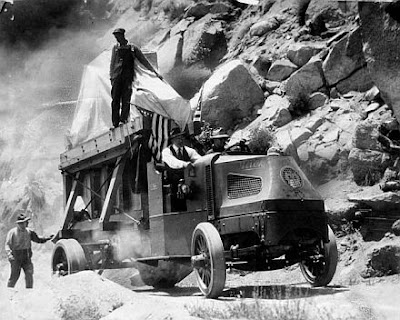
From donkey cart used to carry the 60-inch mirror to the top of the mountain. Mount Wilson is the evolution of modern observatories, and one of the most important in the history of science. George Ellery Hale 60-inch, which is no longer used for research, will be used to study the spectral classification of stars, which are the basis of modern astronomy. 60-inch Hale telescope was the largest in the world 100 years ago, but within 10 years, was replaced by the 100-inch scope next. Edwin Hubble discovered that the stains of the nebula, that the universe is expanding, and that the rate commensurate with the expansion of the Big Bang or the creation. Mount Wilson Observatory became the primary observatory for 40 years.
You're reading an article about 7 World Top Telescope and Observatory and you can find this article url 7 World Top Telescope and Observatorythis url
https://chicabi-uniquearchitecture.blogspot.com/2013/01/7-world-top-telescope-and-observatory.html. You may distribute or copy this article 7 World Top Telescope and Observatory This is beneficial if you or your friends, but do not forget to put the source link.
No comments:
Post a Comment